
Dr. Pham Van Luan, Ho Chi Minh City University of Culture
- Doctor, can you tell us why introducing the Ra-Glai language into school teaching is considered an urgent solution to support ethnic minority women and children, especially the Ra-Glai people?
Language is the most basic tool of thinking and communication, and is also the pillar that forms the cultural identity of each community. For ethnic minorities, speech and writing are not only a means of communication but also the key to preserving and developing spiritual and cultural life.
The Ra-Glai people live mainly in Ninh Thuan , Binh Thuan, Khanh Hoa, Lam Dong (old)... with more than 146,000 people. This is a community with a unique matriarchal institution, which has made a great and important contribution to the historical process of fighting to build and defend the country.
However, the Ra-Glai people are still facing many socio -economic difficulties, in which women and children are the most disadvantaged groups.
Through the survey, we found that the reason why over 75% of Raglai women and girls are "left behind" is due to limited access to general education, the biggest barrier of which is language.
Raglai students often have difficulty absorbing knowledge in Vietnamese, leading to them dropping out of school and not being able to complete high school.
Therefore, introducing the Raglai language into official teaching in schools, according to the 2018 General Education Program framework, is not only an activity aimed at preserving culture but also a fundamental solution for Raglai women and children to have the opportunity to access knowledge, improve their intelligence and affirm their position in society.
This is a much more humane, sustainable and effective approach than purely economic support measures.
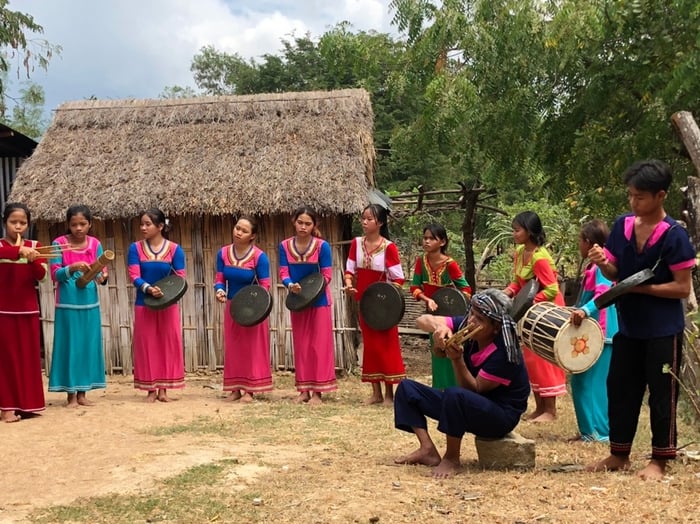
Artisan teaches young Ra-Glai ethnic group how to play traditional musical instruments. Photo: NP
- In your opinion, what is the current situation of teaching and learning ethnic minority languages and why has the Raglai language not been included in the official curriculum?
Currently, among the 53 ethnic minority languages in Vietnam, only 8 ethnic groups have their spoken and written languages officially taught in the general education program, including: Bahnar, Cham, Ede, Khmer, Jrai, Mnong, Mong and Thai. Unfortunately, the Ra-Glai language is not yet included in this list.
In Ninh Thuan - now Khanh Hoa, our colleagues have piloted teaching the Raglai language to first and second graders, with a set of textbooks and initial instruction materials. Raglai teachers have been trained to teach directly.
However, this activity is only at the experimental level, without a legal basis and official program from the Ministry of Education and Training.
There are many reasons: first , the difference in dialects in the Ra-Glai community makes the unification of a standard language controversial; second , the lack of teachers, teaching materials and facilities; third , the lack of proper investment in research and collection of Ra-Glai culture and language.
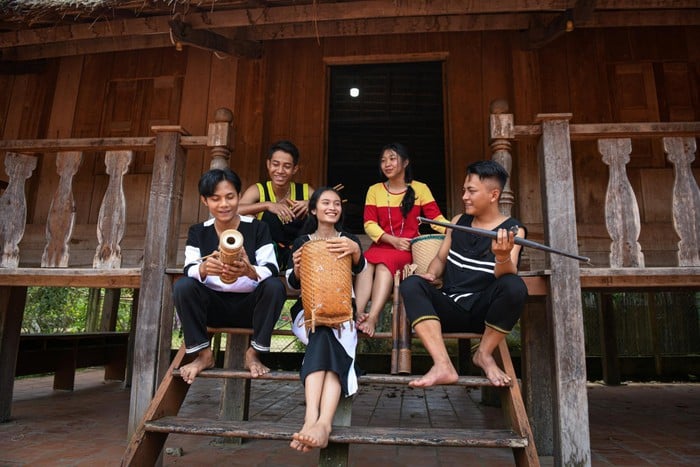
Raglai youth. Photo: Thanh Dat
This has resulted in the cultural treasures, from folk tales, epics, folk songs to Raglai customary laws, gradually being lost. Raglai women and children, who are already disadvantaged, have even less access to the spiritual heritage of their own people.
- How do you evaluate the social impact if Raglai is officially taught in schools?
I think the impact will be profound, especially in three aspects: education, culture and society.
First of all, in terms of education, Raglai children will have the opportunity to study in their mother tongue, thereby reducing barriers to knowledge acquisition, increasing retention rates and completing universal education. When Raglai girls have access to adequate knowledge, they will have the opportunity to rise up and escape the vicious cycle of poverty and backwardness.
Culturally, teaching the Raglai language is the most effective way to preserve the oral cultural treasure and intangible values of the Raglai people. The language not only preserves epics, folk songs, and legends, but also reflects the philosophy of life, outlook on life, and aesthetic identity of the indigenous community.
On the social side, this is a “soft power” solution that helps to improve the status of women and girls in the community. When they are educated in their mother tongue, they not only become more confident in communication but also have the conditions to participate in social, economic and political activities on a more equal basis.
This is also the humanitarian goal that Project 8 supporting ethnic minority women and children is aiming for.
In other words, bringing the Raglai language into schools means giving Raglai women and children a tool to assert themselves, instead of just being passive beneficiaries of policy.
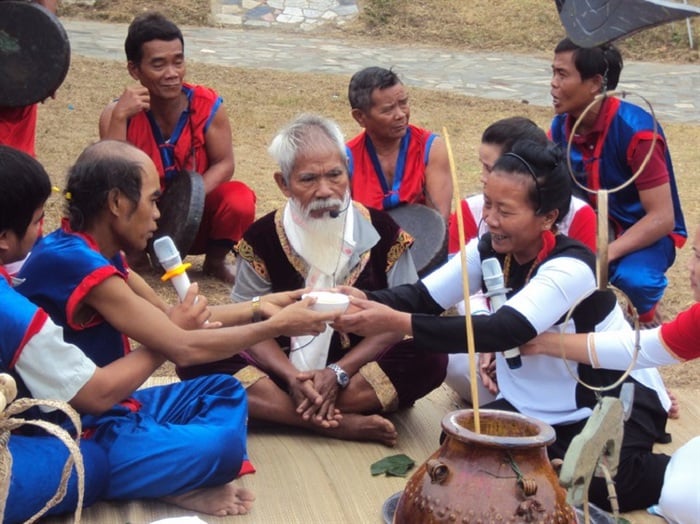
The Ra-Glai people often hold celebrations after rice harvest seasons.
- In your opinion, what specific steps are needed to realize the inclusion of Raglai language in the 2018 General Education program?
This is a long-term task that needs to be carried out in a systematic and systematic manner. I would like to propose the following key steps:
1. Survey and assessment of the current situation: There needs to be a comprehensive investigation into the current teaching and learning of the Raglai language in Ninh Thuan (old), focusing especially on women and children. The survey results will be the scientific basis for planning educational policies - including the Raglai language in the 2018 General Education program.
2. Building a standard script and unified language: Because the Raglai language has many dialects, it is necessary to establish a professional council to select and build a standard script and language, ensuring representativeness and ease of learning in schools.
3. Training of teaching staff: The HCM City University of Agriculture and Forestry branch in Ninh Thuan has experience in training Ra-Glai language teachers. This will be the core force to expand the scale and ensure teaching quality.
4. Compiling curriculum and textbooks: It is necessary to select epic works, folk tales, and Raglai folk songs to include in the teaching content, both for educational purposes and to contribute to preserving heritage and cultural identity.
5. Mobilizing resources from Project 8 and the community: Bringing the Raglai language into schools cannot rely solely on the state budget but requires the coordination of social organizations, academia, the Raglai community and related sustainable development projects.
In addition, I think it is possible to combine teaching the Raglai language with developing community cultural tourism, making language learning a part of the process of preserving and promoting Raglai identity.
This will be a sustainable direction, both solving the problem of education, preserving indigenous culture, and opening up new livelihoods for Ra-Glai women and girls in Khanh Hoa today.
Thank you very much!
Source: https://phunuvietnam.vn/giai-phap-ho-tro-phu-nu-va-tre-em-dan-toc-thieu-so-tiep-can-tieng-ra-glai-tu-nha-truong-20250826121955499.htm



![[Photo] Nhan Dan Newspaper launches “Fatherland in the Heart: The Concert Film”](https://vphoto.vietnam.vn/thumb/1200x675/vietnam/resource/IMAGE/2025/10/16/1760622132545_thiet-ke-chua-co-ten-36-png.webp)




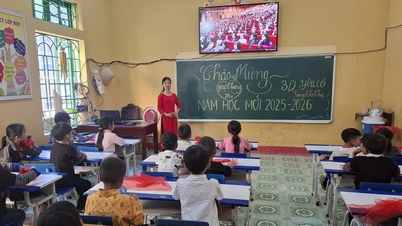

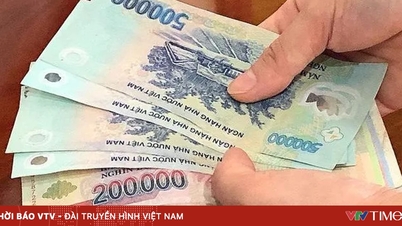



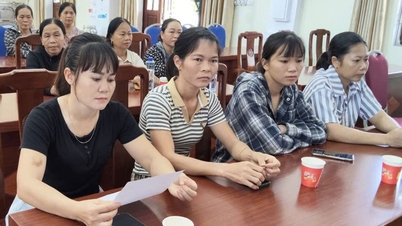




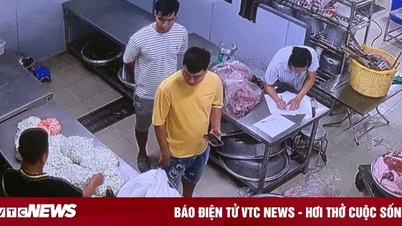

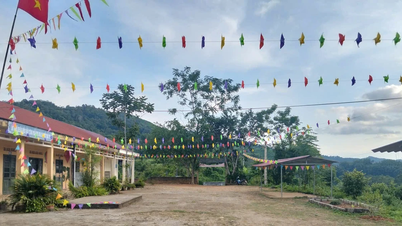
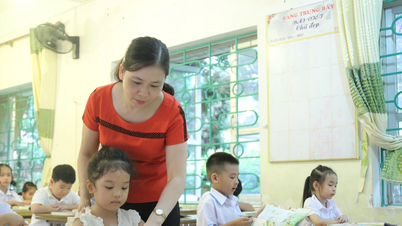
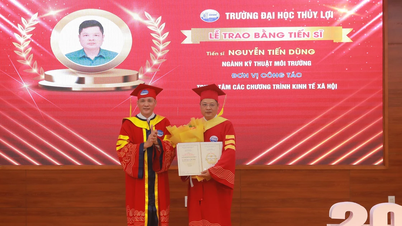
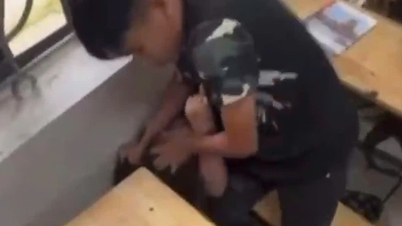

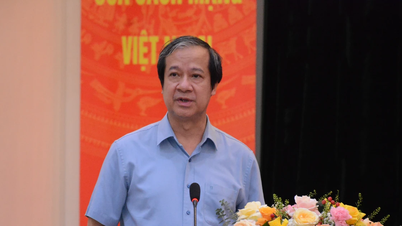












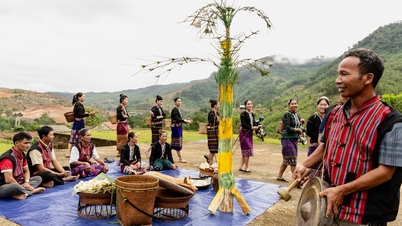


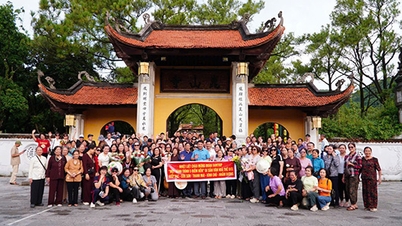





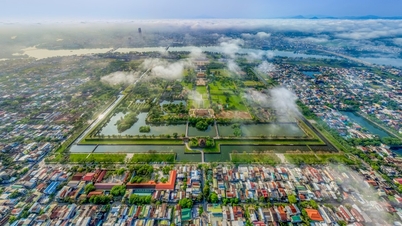











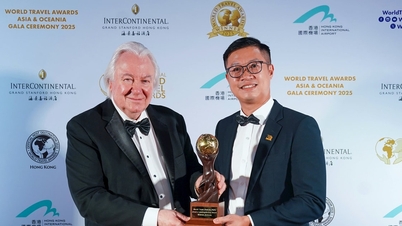

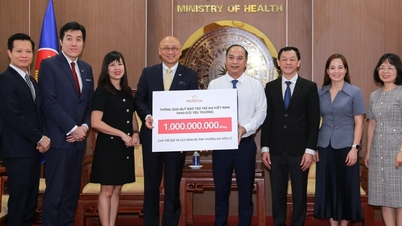
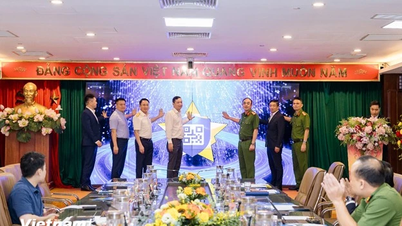
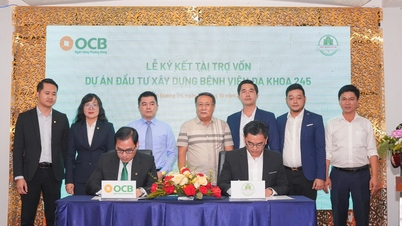

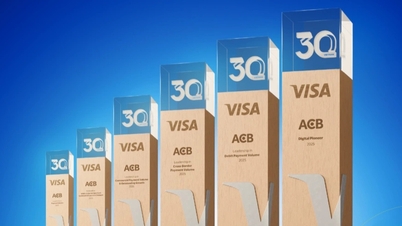
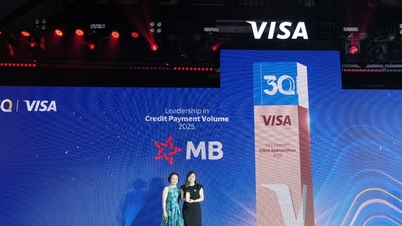









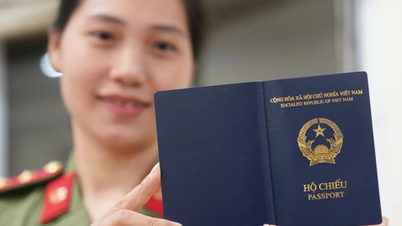


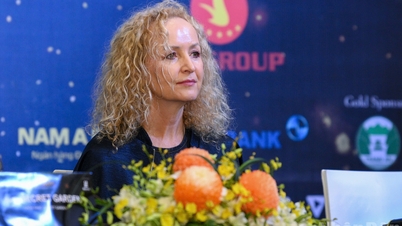
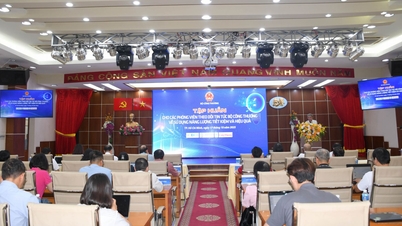

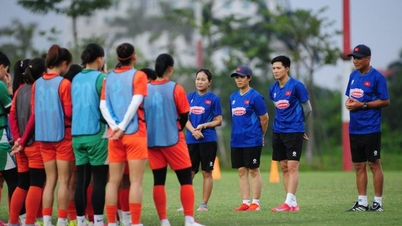


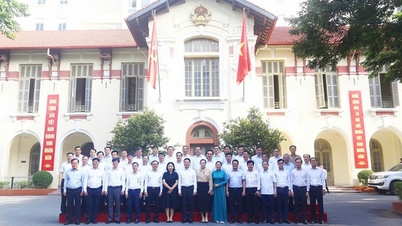


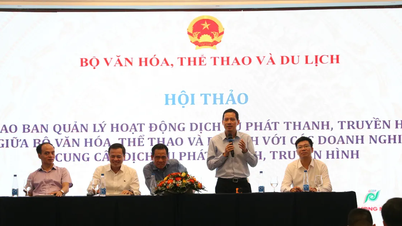

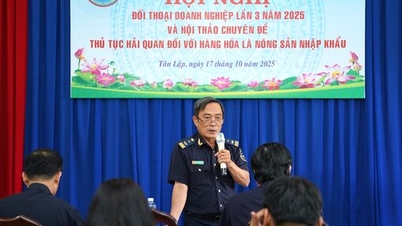


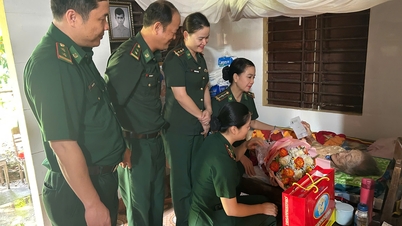
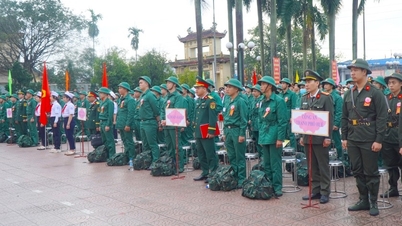
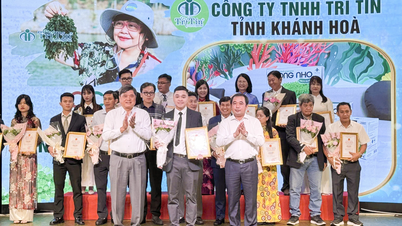

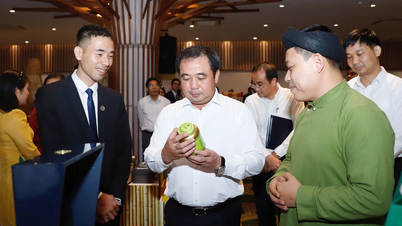












Comment (0)